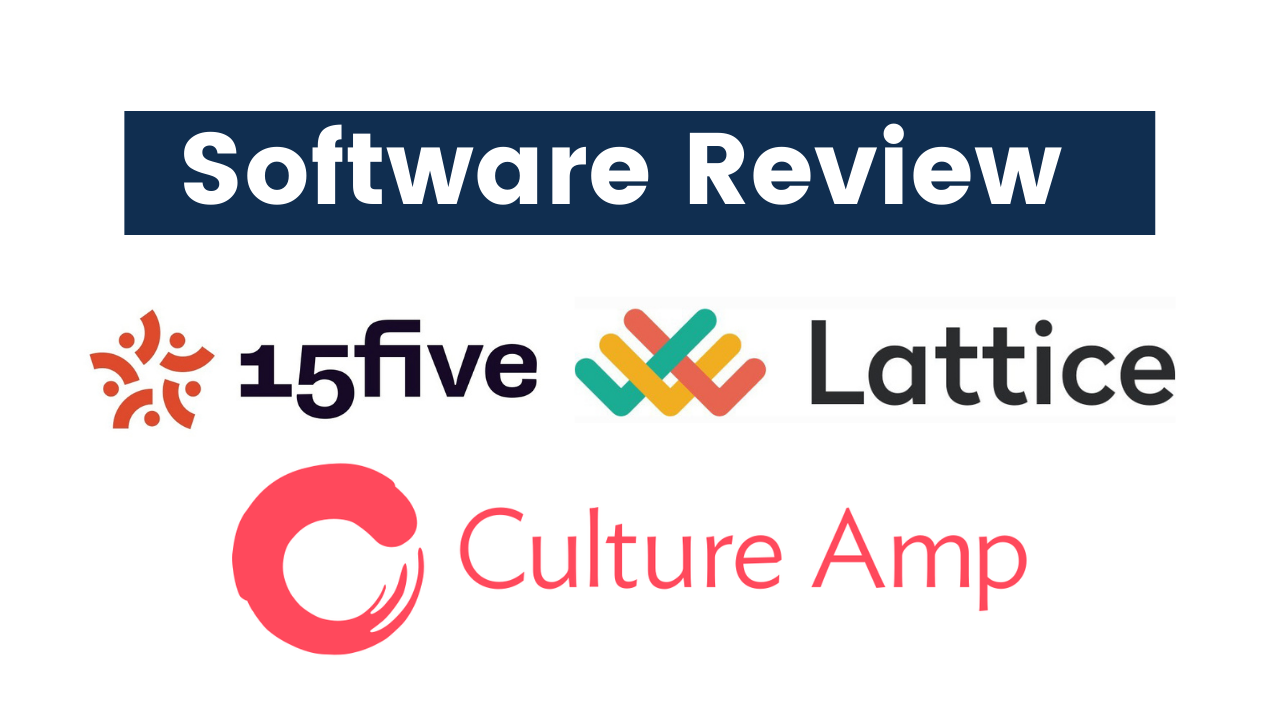Kutsko Consulting Blog
Some people are born leaders. They possess the soft skills that life teaches them, such as conflict management and teamwork. They connect with their staff in a myriad of ways. The question that organizations ask is, where are things breaking down? Are some personalities better suited to management p...
Imagine this scenario. Your company launched A/B testing on a new product line and has decided to move forward with a plan. Being the analytical thinker, you noticed something wrong with the data just before its public debut. Do you arrange a Zoom meeting with your manager ASAP to point out the prob...
The workplace has an employee-employer relationship problem. And it’s starting to show in the numbers. A mere 13% of employees say they are fully satisfied with their jobs. Less than 20% are wholly engaged at work. Even more disturbing is that only 60% feel they understand what’s expected of them. C...
Benjamin Franklin once said, “If you fail to plan, you are planning to fail.” Nothing is more true when it comes to an organization’s road map for its future. Many goal-setting frameworks exist, and rightly so. They provide structure to a company’s vision by creating clarity between a manager and th...
While the pandemic upended the workplace as never before, it also taught organizations some valuable lessons. Leadership and its role in engaging employees came under the microscope. The 2021 Gallup State of the Workplace Report offers some compelling insights.
Nearly half of employees are looking ...
Creating a fulfilling, purposeful, and successful work environment is critical for retaining employees. Lattice, 15Five, and Culture Amp are software options that provide an effective means of assessing the health of an organization and offer ways to improve a company’s culture. Each of them recogn...
You recognize it when you see it. You go into a shop or business, and the atmosphere of the place captures your attention. When a team clicks, it’s obvious. You can hear it in people’s voices, the language they use, and the camaraderie between individuals. The culture of collaboration exists and sup...
Employee development is a continuous process. It is not a nurture-and-release endeavor by any means. The human condition dictates that it’s an ongoing event, just as trends and the marketplace change with the times. It keeps moving like a shark. Without a plan, organizations risk becoming stagnant a...
Listen to a reading of this blog post at: Kutsko Consulting Audio Blog.
Defining an organization’s purpose often appears daunting at first glance. Looking at the big picture raises an almost insurmountable bar. It’s not just a matter of setting team goals. It also involves scrutinizing a company’s c...
This article is Part 2 of a 2-part series on searching for a job. You can find the other article here: How to Find Your Next Job
You will feel most happy when you wake up to go to work every day when you have a job that is a good fit with your talent.
That sounds fairly simple, but there are...
Merriam-Webster defines stress as “something that causes strong feelings of worry or anxiety.” That’s a gross understatement of what today’s workers have experienced in the last year due to the far-reaching impacts of COVID-19. The effects are profound. Consider these facts:
- Nearly 70 percent of ...
This article is heavily based on the excellent book, The Effective Hiring Manager by Mark Horstman. If you haven't read it and you need to make an important hire soon, don't take another step in the process until you do.
Adding people to your team is a nerve-racking thing! It's easily one of the mo...











